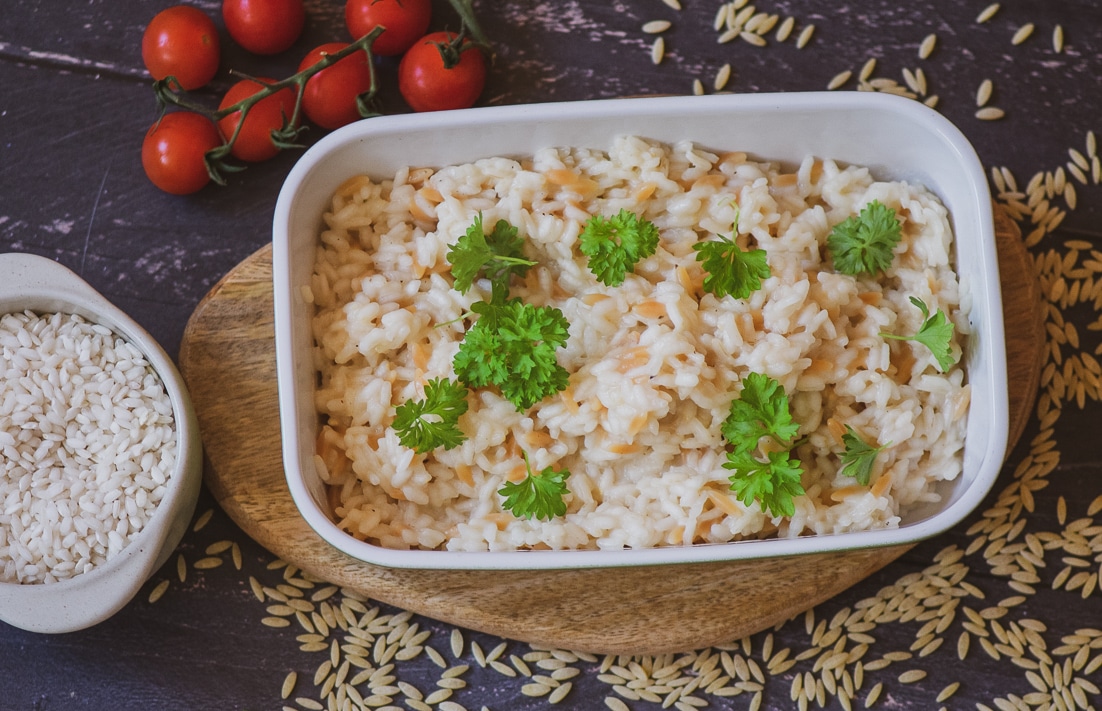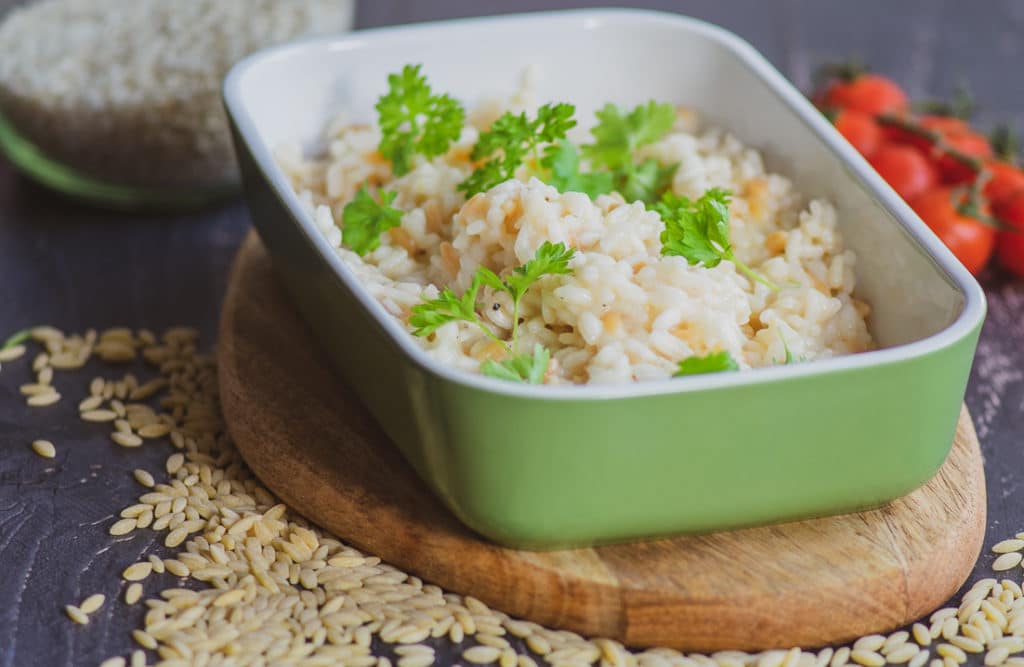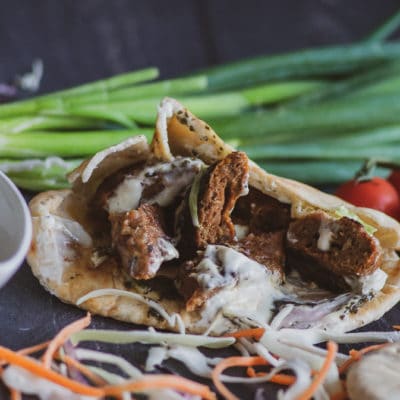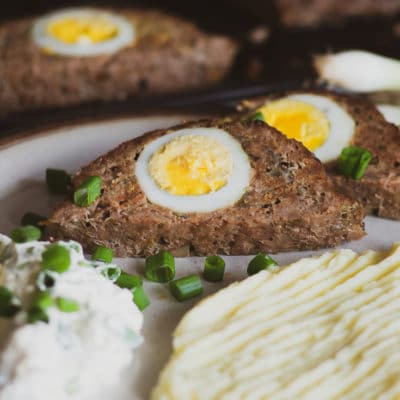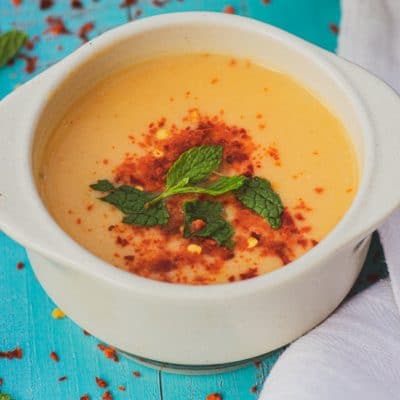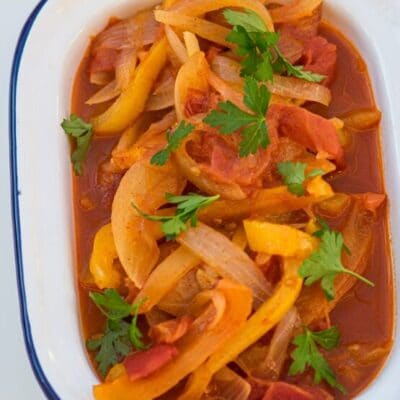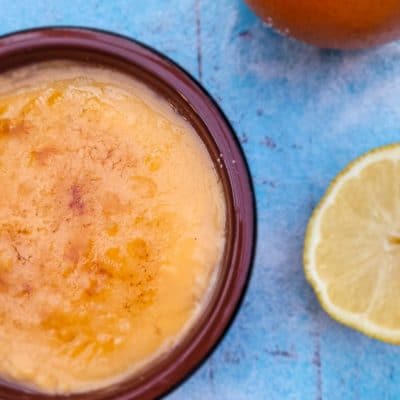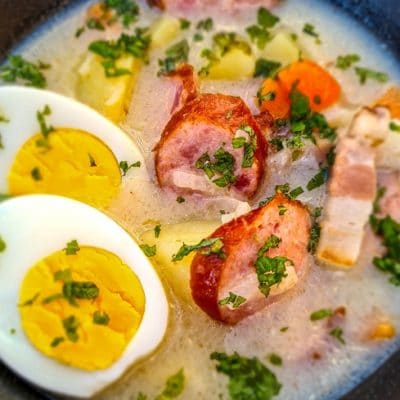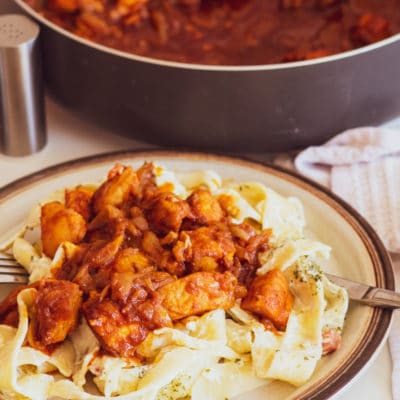Ingredients
-
1 tea cup rice Baldo or Arborio
-
3 tablesppons pasta Orzo or Vermicelli
-
2 tablespoon Butter
-
2 tea cups Water
-
1 teaspoon Salt
-
a pinch Black pepper
Directions
Pilaf or English Pilau is another traditional Turkish dish. Traditionally made from rice and orzo pasta.
It is most often served as a side dish with grilled meat, stews, etc. However, as with any traditional dish, there are numerous variations. It is possible to find it with different types of meat and/or vegetables served as the main course.
Although one of the most widely used dishes in Turkish cuisine, pilaf is also one of the most widely used dishes in the world. Pilau, pulao, paella, and even biryani originate from pilaf.
It can be said that today there are 5 basic “schools” for the preparation of pilaf. These are Iranian, Central Asian, Turkish, Indian and Caribbean.
There are two theories about the origin of Pilaf.
The first says that it originated in ancient India. Pula meaning dish of rice and meat and Pulaka from Sanskrit meaning lump of boiled rice.
Another says that originates from Iran, from which derives the word pilaf. It is general belief it was domesticated there between 1,000 and 500 BC. It would later appear in ancient Greece as well. The poet Archestratus mentions it in his cookbook Gastrology. Even Alexander the Great was served pilaf when he won the city Maracandu or today’s Samarkand. In the 10th century, the Iranian scientist Avicenna (Abu Ali Sina) also documented this dish.
Trade and Arab conquests, especially during the Abbasid dynasty, spread it to Spain. Paella is one form of pilaf, although some theories refute it. Similar dish in today’s Hungary and Poland is “Rys Sumiany”. It was actually brought by the Ottomans during their conquests.
With the discovery and conquest of the New World, pilaf proved to be a very delicious and easy to make dish. It was first brought to Mexico by the Spaniards, from where it spread further into South America. Later, as part of the British Empire, workers from India brought it in the Caribbean. Here is the Indian way of making it connected with European kitchen and a very distinctive Caribbean “school” pilaf emerged.
It is worth mentioning that Pilaf is also known in French cuisine. Larousse Gastronimique, the French encyclopedia of gastronomy mentions it, as well.
This is a recipe for Turkish version, which is very simple, but at the same time well-balanced and incredibly tasty.
Steps
|
1
Done
|
In a saucepan melt butter, over medium heat, and add the pasta. Cook for a few minutes until the pasta is golden. Make sure it does not burn. |
|
2
Done
|
Now add the rice and continue stirring for 4-5 minutes |
|
3
Done
|
Add water to the mix of pasta and rice. Usually 2 cups of water to 1 cup of rice. |
|
4
Done
|
Bring to the boil and simmer for 8-10 minutes until the rice has fully absorbed the water. Stir several times to avoid burning on the bottom. |
|
5
Done
|
Remove the pan from heat, cover with a lid and leave for 10 minutes to rest. |
|
6
Done
|
Before serving gently fork through pilaf to separate grains. |
|
7
Done
|
